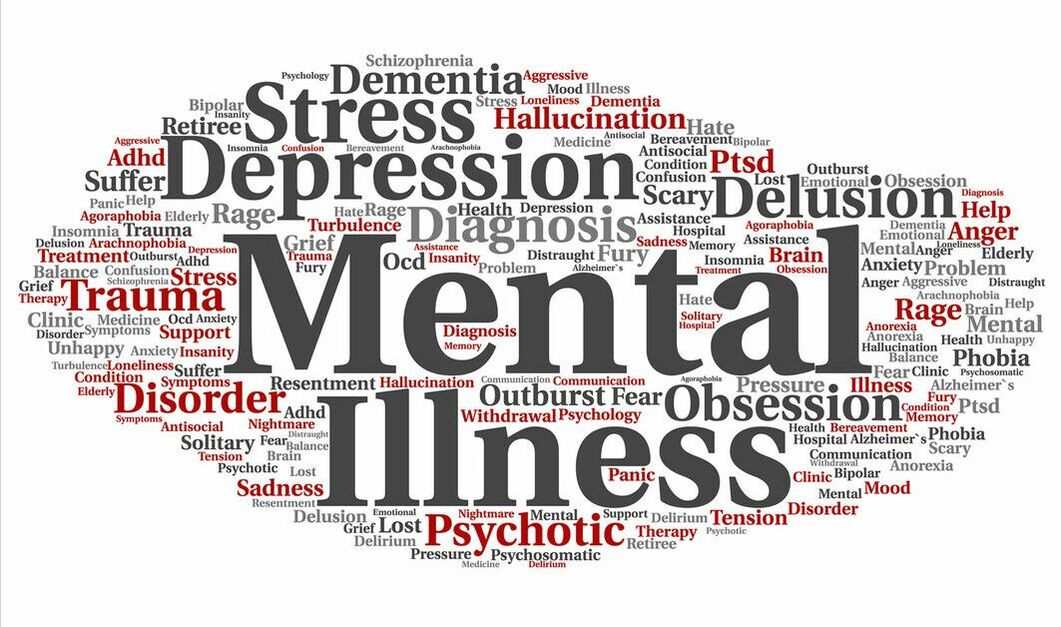Treatment IssuesAnxietyAnxiety can mean nervousness, worry, or self-doubt. Sometimes, the cause of anxiety is easy to spot, while other times it may not be. Everyone feels some level of anxiety once in a while. But overwhelming, recurring, or “out of nowhere” dread can deeply impact people. When anxiety interferes like this, talking to a therapist can help. Diagnosing anxiety depends on a person’s feelings of worry, so symptoms will vary. Personality, co-occurring mental health conditions, and other factors may explain a person's symptoms. Anxiety can cause intrusive or obsessive thoughts. A person with anxiety may feel confused or find it hard to concentrate. Feeling restless or frustrated can also be a sign of anxiety. Other people with anxiety may feel depressed. People can show signs of anxiety in many ways. Since anxiety has many symptoms, how it looks for one person is not how it appears for another. Some may become more talkative, while others withdraw or self-isolate. Even people who seem outgoing, friendly, or fearless can have anxiety. Sometimes, anxiety may trigger a “fight” rather than “flight” response, in which case a person might appear confrontational. Stumbling over words, trembling, and nervous tics are often associated with anxiety. While they can appear in people with anxiety, they are not always present, and some people who do not have anxiety also show these signs. Symptoms of anxiety can also be physical. Anxiety can cause overly tense muscles, or high blood pressure. Trembling, sweating, a racing heartbeat, dizziness, and insomnia can also come from anxiety. Anxiety may even cause headaches, digestive problems, difficulty breathing, and nausea. If physical symptoms of anxiety are severe and sudden, it may be a panic attack. Generalized anxiety is also known as free-floating anxiety. It is identified by chronic feelings of doom and worry that have no direct cause. Many people feel anxious about certain things, like money, job interviews, or dating. But people with free-floating anxiety can feel anxious for no clear reason. They have excessive worry that impacts them on an almost daily basis. Generalized anxiety (GAD) can also mean feeling too much worry about a particular event. A person diagnosed with GAD must also show at least three of the following symptoms:
Many factors can contribute to free-floating anxiety. Living in stressful or abusive environments may be a cause. Sometimes, anxiety becomes a habit. A person used to feeling anxious about an event might keep feeling anxious once it is over. Some psychologists contend that modern life causes free-floating anxiety. According to them, deadlines, fast-paced lifestyles, and keeping up with social media could cause chronic anxiety. When a person cannot find where their anxiety comes from, therapy can help. I help people to learn new coping skills for dealing with symptoms of anxiety. A few of the skills that I teach people with chronic anxiety include deep breathing, meditation, exercise, and assertive communication. Anxiety, like the fight, flight, or freeze response, is for survival. It allows people to protect themselves to avoid harm. Sometimes, a person has high levels of anxiety regularly. They may feel helpless in dealing with their symptoms. Both biology and environment determine if a person will have anxiety. In other words, anxious behavior can be inherited, learned, or both. For example, research shows that anxious parents are likely to have anxious children. However, parents may also model anxious behavior. If so, they might instill that same behavior in their children. Having a stressful upbringing can also increase a person's chances of having anxiety. This is because anxiety becomes a way to anticipate danger and stay safe. Anxiety can also develop due to unresolved trauma. Unresolved trauma may leave a person in a heightened state of physiological arousal. When this is the case, certain experiences can reactivate the old trauma. This is common for people with PTSD. Anxiety is at the root of many mental health conditions, including panic attacks and phobias. It is often directly related to other conditions, like obsessions and compulsions, PTSD, and depression. In addition to generalized anxiety, the DSM-5 lists the following mental health issues as anxiety disorders:
It helps to learn coping and anxiety management strategies to reduce your anxiety and gain insight you’re your behaviors that perpetuate it. Develop more effective social skills as a way of reducing anxiety. Is your anxiety causing you issues and impacting your quality of life? If so, please contact me at 415-454-8931 or [email protected] |
If you like what you have read, and you think I could help, please call or email me for a free consultation at 415-454-8931 or [email protected] |
